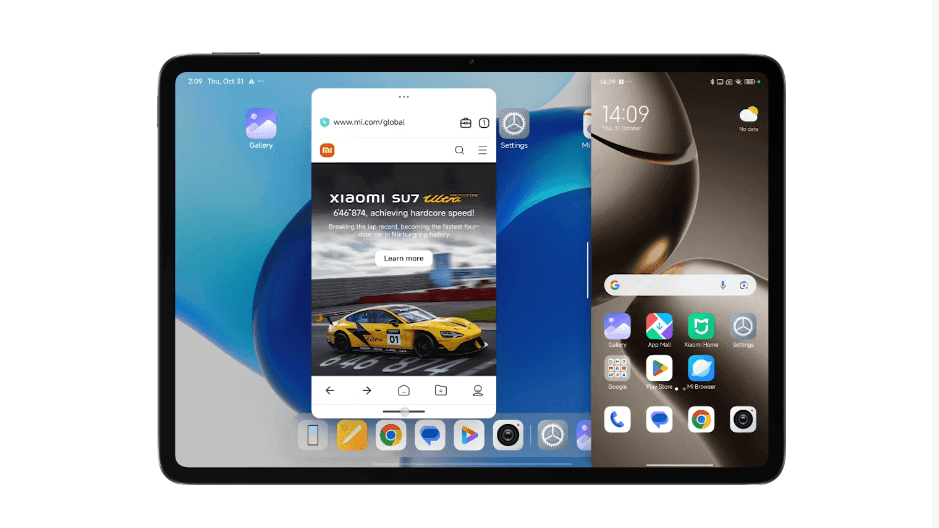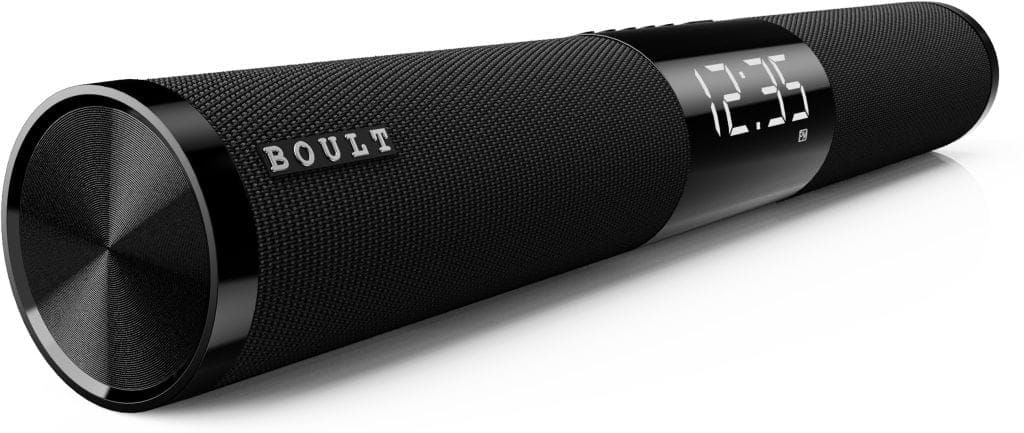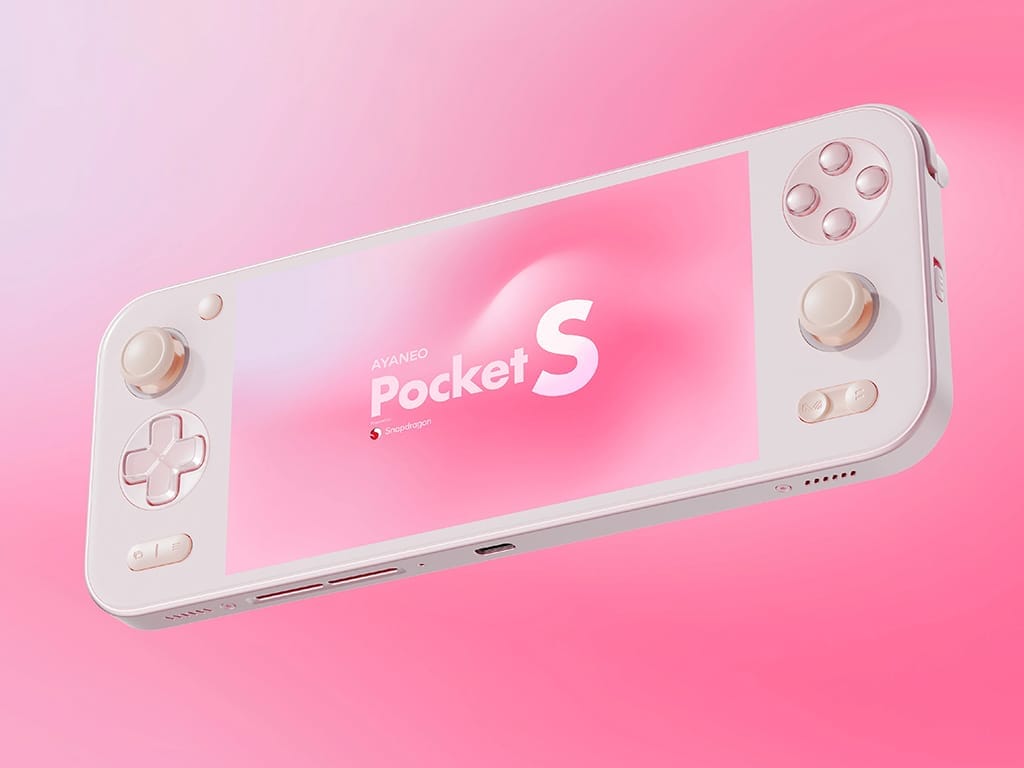The current update to HyperOS is being promoted as a superior method for Xiaomi smartphones to sync and share files with their own tablets, speakers, and various smart devices. Recently, the company is said to be exploring ways to integrate Apple products into this ecosystem as well.
Potential Changes Ahead
A recent leak from the well-known source Digital Chat Station might have seemed unlikely just a while ago. However, with Apple facing increasing pressure from global regulators to reduce its restrictive ecosystem, Xiaomi’s plans may actually gain some relevance as we near the end of 2024.
New Software Developments
In addition, Xiaomi has introduced its new open-source Vela software suite, which aims to enhance compatibility across IoT devices. This could potentially allow devices like the Apple Watch, AirPods, and HomePods to function similarly to Xiaomi’s own wearables, Buds, and Sound Pro speakers.
The latest HyperOS update is also compatible with Link to Windows, enabling Xiaomi smartphone users to make calls, search through files on their devices, and even display their screen content on their PC monitors.
Product Availability
The Redmi Buds 6 Active are now available for purchase on Amazon, offering users a new audio experience.

























